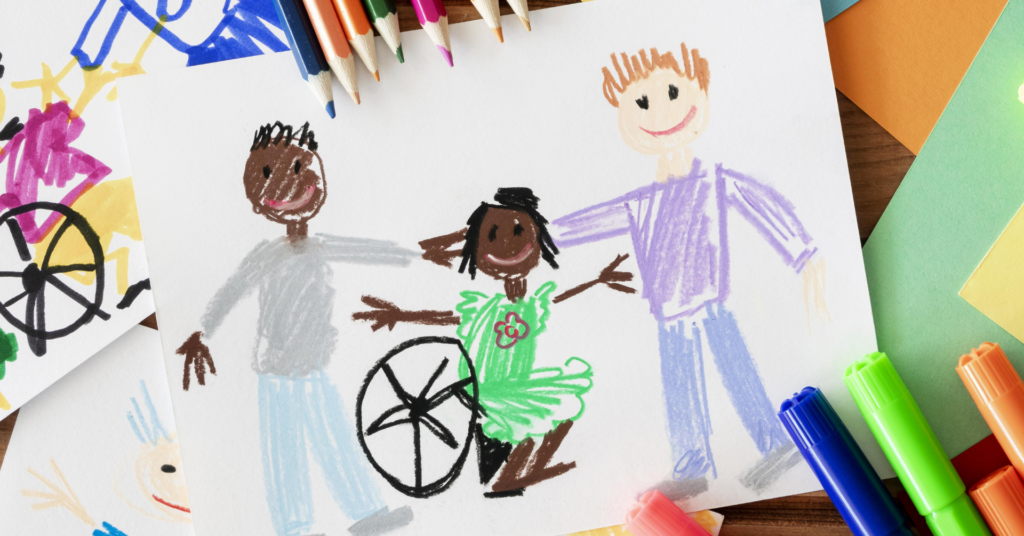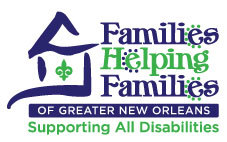
Least restrictive environment (LRE) is a guiding principle in the Individuals with Disabilities Education Act (IDEA). Some think inclusion is synonymous with LRE, and while they are similar in that the goal is for the child to have access to the general education environment with typical peers, it goes a little bit deeper.
LRE is a requirement of the Individuals with Disabilities Education Act. It requires that all students be educated in the least restrictive environment, to the greatest extent possible. IDEA allows for a continuum of placement options. This includes a full-time general education classroom to the most segregated homebound or hospital setting.
Inclusion, which is not mentioned in IDEA, is more of a philosophy that all students with disabilities be given the same opportunities as students without disabilities.
Comprehensive Inclusive Education: General Education & the Inclusive IEP
Students who qualify to receive special education services, especially those with more intensive needs, have ended up with the IEP being their program and being seen not as a general education student but as a special education student only, when in fact, each and every child is a general education student. In addition, when a student qualifies for special education services, those services are to be provided in collaboration with general educators to support access and progress in the general education curriculum AND on their IEP goals. (Source: Maryland Coalition for Inclusive Education)
Source: TIES Center
Creating an Inclusive School Environment: A Model for School Leaders
This is a great training module on 1) Understanding the concept of inclusion and why it’s important; 2) Possess the knowledge required to lead the change to create an inclusive school environment; 3) Understand how to create a climate for inclusion; and 4) Recognize how to sustain an inclusive school environment.
Source: IRIS Center
Guide for Collaborative Team Practices
True Collaboration involves not just delegating or dividing tasks, but working together to gather information, analyze a situation, develop a plan, implement agreed-upon actions, reflect on impact, and make adjustments as needed. This guide is a product of Maryland Coalition for Inclusive Education and a great tool for educators to use to create collaborative, functioning teams that benefit all learners.
Source: Maryland Coalition for Inclusive Education
Universal Design for Learning
This very brief video explains the framework that guides the design of instructional goals, assessments, methods, and materials that can be customized and adjusted to meet individual needs.
Source: CAST.org
What Does Universal Design for Learning Look Like In a Classroom?
UDL looks different in every classroom. But there are some commonalities. In the UDL environment, students rarely do the same task in the same way at the same time. The flexible options will differ across developmental ages. But the framework for having clear goals and flexible options is consistent no matter the grade level or content. This short video will give you a look into a classroom using UDL.
Source: Understood.org
Additional Resources
The following websites offer a lot of resources to promote inclusive education opportunities for all students with disabilities:
Bookshare – Bookshare makes reading easier. People with dyslexia, blindness, cerebral palsy, and other reading barriers can customize their experience to suit their learning style and find virtually any book they need for school, work, or the joy of reading.
CAST.org – A nonprofit education research and development organization that created the Universal Design for Learning framework and UDL guidelines, now used the world over to make learning more inclusive.
Inclusive School Network – The Inclusive Schools Network (ISN) is a web-based educational resource and network for educators, families, schools, organizations, and communities focused on inclusive education.
PROGRESS Center – The PROGRESS Center (which stands for Promoting Rigorous Outcomes and growth by Redesigning Educational Services for Students with Disabilities) provides information, resources, tools, and technical assistance services to support local educators and leaders in developing and implementing high-quality educational programming that ensures students with disabilities have access to FAPE which allows them to make progress and meet challenging goals.
STEMIE – STEMIE is innovation for inclusion in early education. The center aims to develop and enhance the knowledge base on engagement in STEM (science, technology, engineering, and mathematics) learning opportunities for young children with disabilities.
TIES Center – The TIES Center offers tools to help you learn about inclusive education, inspire others, and plan lessons that work for all students. The goal is to move students from a more restrictive environment to a more inclusive environment.
2/22/2024
